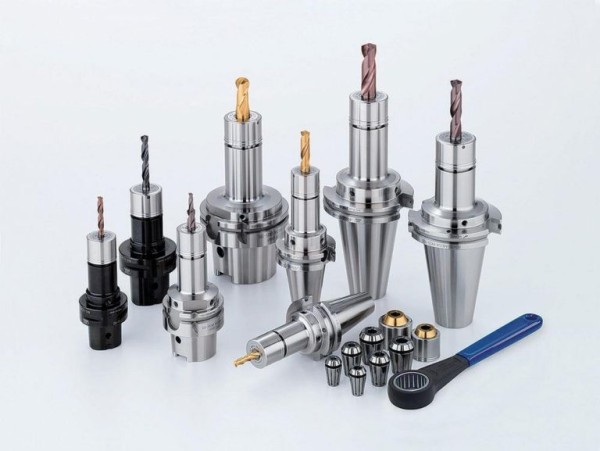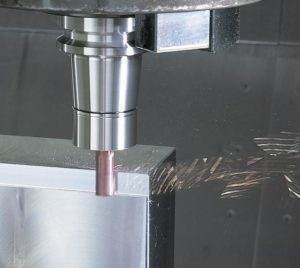What You Need to Know About Toolholders
Canadian Metalworking magazine recently published an online and print article on toolholders, in which our Vice President of Sales and Engineering, Jack Burley, discusses toolholder basics, talks about the history of the products and what the future may hold.
This topic is important as toolholders provide the critical connection between a machine spindle and the cutting tool. They are responsible for securely gripping the tool for extremely high speeds, avoiding excessive runout, and maintenance balance.
With over 30 years of experience, Jack has vast knowledge when it comes to the uses of toolholders. He is also a member of the American Society of Mechanical Engineers’ (ASME) Technical Committee, where he reviews recommended toolholder designs, suggested improvements, and changes requested from manufacturers on an annual basis.
The Q&A article written by the editor Sue Roberts, highlights the need and importance of this product and the problems toolholders solve. Jack discusses several toolholders, including the cylindrical shank toolholders. Besides these toolholders, he mentions there are systems like shell mill holders that are standard for face mills. Also, with newer technologies like multiaxis machines that turn and mill, BIG KAISER has introduced toolholders that can work with both cutting processes.
When asked how to choose between the various toolholder offerings, Jack responds by saying, “It comes down to performance quality based on what is spent. Don’t expect a lot of performance from the less expensive systems. More investment provides a higher-performing system and longer tool life because of reduced runout.”
To read the full Q&A article in Canadian Metalworking, please click here. To learn more about BIG KAISER’S toolholder offerings, please click here.




Did you find this interesting or helpful? Let us know what you think by adding your comments or questions below.